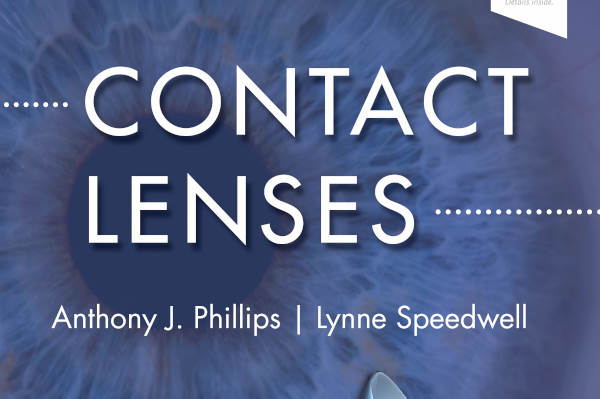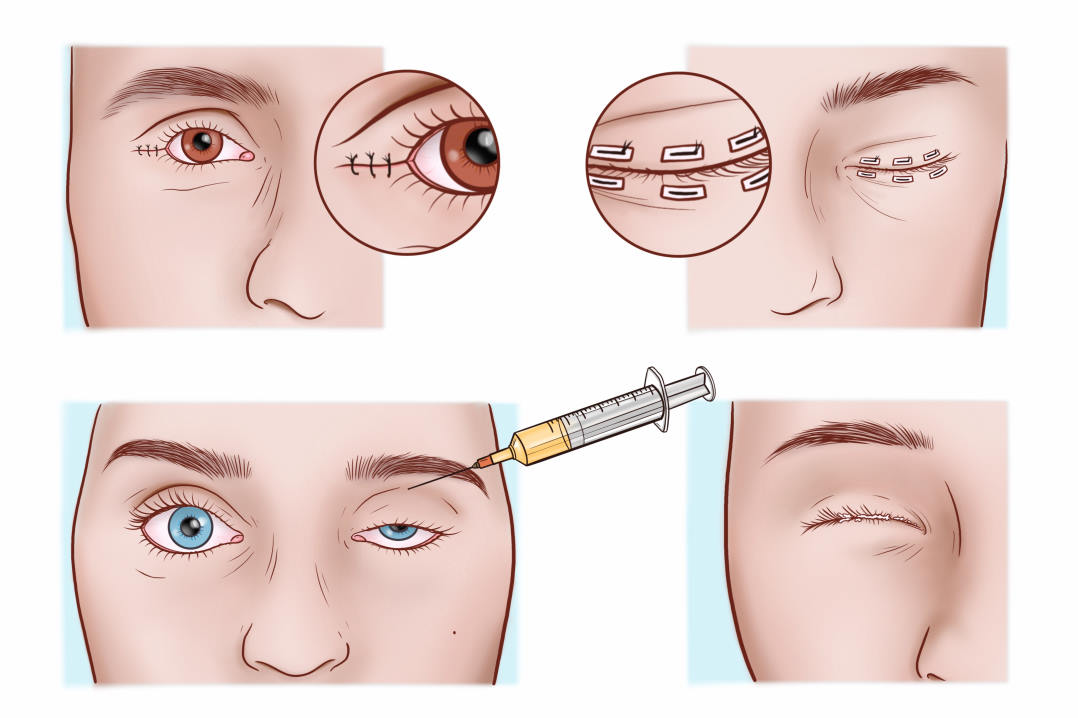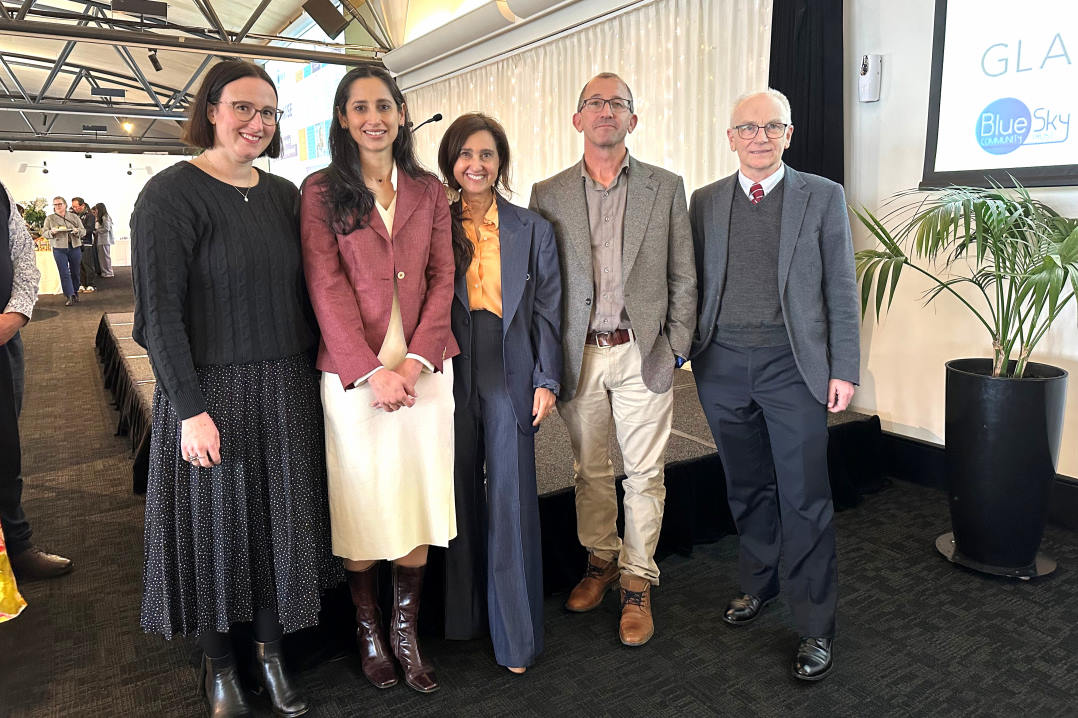Book review: Contact Lenses sixth edition
I approached the sixth edition of Contact Lenses by Anthony Phillips and Lynne Speedwell with enthusiasm as some years ago I was a student when the fifth edition was released.
Contact lenses is a very comprehensive textbook that achieves the challenging balance of being the gold standard for all contact lens educators globally, whilst bringing new developments and practical teaching to those less advanced and more experienced practitioners.
This edition includes a powerful online version which houses not only the e-version of the book, for those long plane rides between conferences, but also a complete suite of calculators which are a requisite for the purist contact lens practitioner. The online suite alone is an extremely compelling reason to purchase this book for any practice, so it is with some sadness that I note this will be the last edition that Anthony Phillips has decided to be involved with.
In this latest edition, the content is covered in 32 chapters in the printed version and 33 online, with additional video supplements and good quality imagery. The chapters on scleral lenses, keratoconus and contact lenses and myopia progression are all timely and welcome additions given the significant increase in international research and technological advances in these areas.
This edition still maintains tradition by presenting itself as an effective clinical reference tool - it was never intended as a cover to cover read – providing good chairside reference for patient cases which require troubleshooting. There are key learnings and fitting pearls scattered throughout the book, with comprehensive discussion on the advantages and disadvantages of different lenses, techniques and practises.
Within the contact lens fitting chapters there’s a distinct move toward the use of corneal topography and its interpretation, plus mention of a host of simulators for fitting a wide variety of lenses from multifocal soft lenses to rigid lenses.
My only challenge with this text is something that is often unavoidable. Some images are of poor quality whilst many others are excellent. A future learning for all involved.
In summary, in the opinion of this reviewer, this text still remains the gold standard in contact lens education and the use of the e-platform will undoubtedly confirm this.
It is certainly a must-have for training institutions and outshines all other competing texts, and it will sit proudly on our shelves as a practice which has devoted itself to optometry best practice and contact lenses for 50 years.
Jagrut Lallu has a special interest in the irregular cornea, disease and orthokeratology and established the first myopia control clinic in New Zealand. He is the past president of the Cornea and Contact Lens Society of New Zealand, holds an MSc in speciality contact lenses and submitted case studies to this sixth edition of Contact Lenses.
























